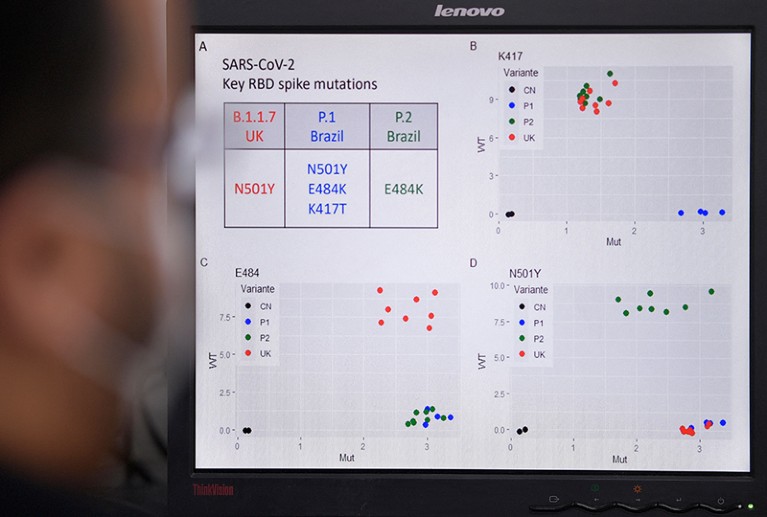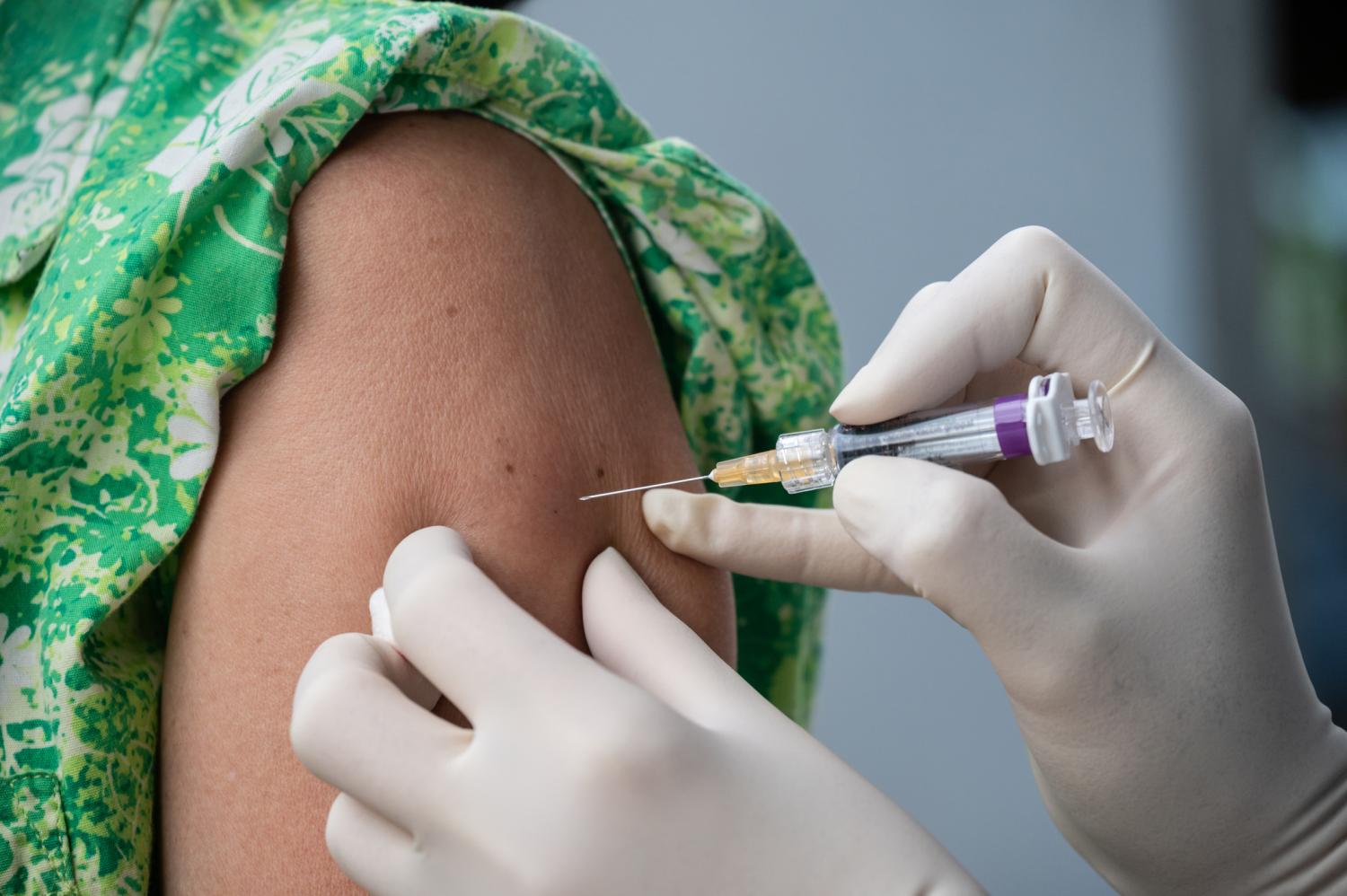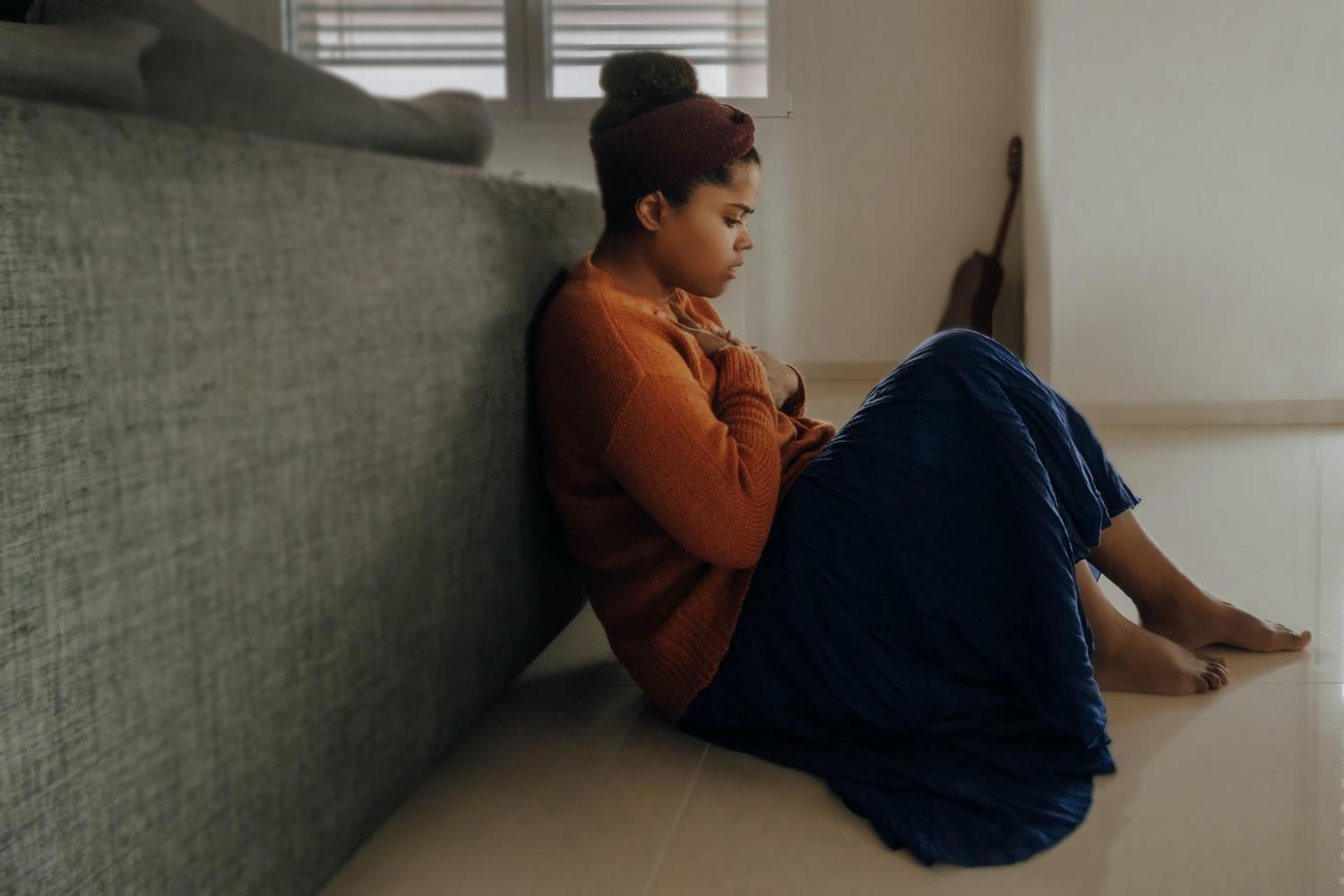COVID research is free to access — but for how long?


COVID-19 research has been free to view since the start of the pandemic.Credit: Douglas Magno/AFP/Getty
At the beginning of the COVID-19 pandemic, scientific journals rushed to make related research free to read — temporarily, at least. Work on the disease or the virus SARS-CoV-2 would be free “at least for the duration of the outbreak”, publishers of subscription journals declared in a statement issued on 31 January 2020, the day after the World Health Organization declared the new coronavirus outbreak a ‘public-health emergency of international concern’, or PHEIC.
Now the pandemic is in its third year, and reports are circulating that the end of free-to-access COVID-19 research is nigh. If so, that would suggest publishers have decided that the COVID-19 emergency is over before world health authorities have. But is that the case?
The alarm was sounded in August, when a prominent open-access advocate warned that COVID-related research was going back behind paywalls. “This is both disappointing and worrying,” wrote Robert Kiley, who is head of strategy at cOAlition S in Strasbourg, France, the group of funders that supports the open-access Plan S initiative.
Kiley cited an analysis1 of the effects of the COVID-19 open-sharing commitment, commissioned and co-funded by the London-based charity Wellcome, the funding agency UK Research and Innovation and the Bill & Melinda Gates Foundation in Seattle, Washington. “Several [publishers] have already started re-introducing paywalls,” said the paper, which was posted online in June before peer review.
But it didn’t have firm evidence for that statement, says Hannah Hope, the open-research lead at Wellcome, which has spearheaded efforts to open up research in public-health emergencies. (Kiley also previously worked at Wellcome.) The sentence had been included partly on the basis of “presumptions” by people interviewed in the study, and also because the authors noted that some publishers had shuttered online COVID-19 information portals, says Hope. After being contacted by Nature, the authors issued a second version without the sentence.
Who’s free?
Nature has so far found only one publisher that has paywalled some previously free research papers. BMJ, based in London, decided this year to make COVID-19 research from most of its journals free for only one year from their publication date. But that policy does not include COVID-19 papers in flagship medical journal The BMJ, where no time limit applies, the publisher told Nature.
Caroline White, a BMJ spokesperson, said that in 2020 nearly half of all BMJ’s output was made free, but this became “unsustainable”. At scale, it was often difficult to identify content that dealt purely with COVID-19, she said, because many papers mentioned the pandemic but weren’t actually about it. All paywalled COVID-related content is still available for free on request.
Spokespeople from other publishers — including the giants Elsevier, Springer Nature and Wiley — told Nature that they are keeping their COVID-19 research papers free. (Nature’s news team is editorially independent of Springer Nature, its publisher.) The US National Library of Medicine in Bethesda, Maryland, which runs the PubMed Central repository, told Nature that it has not received any requests to withdraw the free versions of COVID-19 papers that many publishers have placed there.
Paywalls coming
The June analysis also referenced a January opinion article2 by Virginia Barbour, a former editor of open-access journals. “We are beginning to see publishers moving papers behind subscription barriers,” wrote Barbour, who co-leads a scholarly-communications office at the Queensland University of Technology in Brisbane, Australia.
That statement, Barbour says, was based on the 2021 observation that some Elsevier COVID-19 articles weren’t free to view. But the publisher says those papers quickly became free again: a technical fault had led to some articles incorrectly not being flagged. Elsevier closed its ‘Coronavirus research hub’ after a year, but that closure didn’t affect the availability of its COVID-19 research content, it adds.
Publishers have varying views about their longer-term strategy, however. Some contacted by Nature, including SAGE Publishing in Thousand Oaks, California, and the NEJM Group in Waltham, Massachusetts, indicated that they had no plans to put COVID-19 content behind a paywall, but would keep it free-to-view permanently. Others were more circumspect. “We plan to carry this on as long as the public-health emergency is ongoing,” Elsevier said. A spokesperson for Springer Nature gave a similar statement. Wiley, meanwhile, wrote that “our COVID collection remains available through the end of 2023”.
Wider debate
The speculation about when or if journals will close access to COVID-19 research is part of the larger debate about what scientific research should be free. As the open-access movement spreads, much primary research, particularly in medical fields, is being made free to read and reuse, although arguments still swirl about how best to fund this.
In his August post, Kiley observed that publishers have now agreed four times in seven years to open up paywalled research for public-health emergencies — for Zika, Ebola, COVID-19 and, earlier this year, for monkeypox. He urged that open-access shouldn’t be “dictated by the perceived urgency of a disease”, but should apply to all research. The world faces other challenges, such as climate change and food and water security, he noted. Also in August, supporters of open-access research launched a multi-year campaign to make climate and biodiversity research free in perpetuity.
What to do about the still-paywalled research that subscription journals hold copyright over is another unresolved tension – one that arguments over the emergency release of coronavirus content are also helping to bring to the surface.


